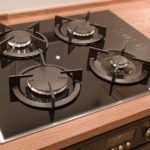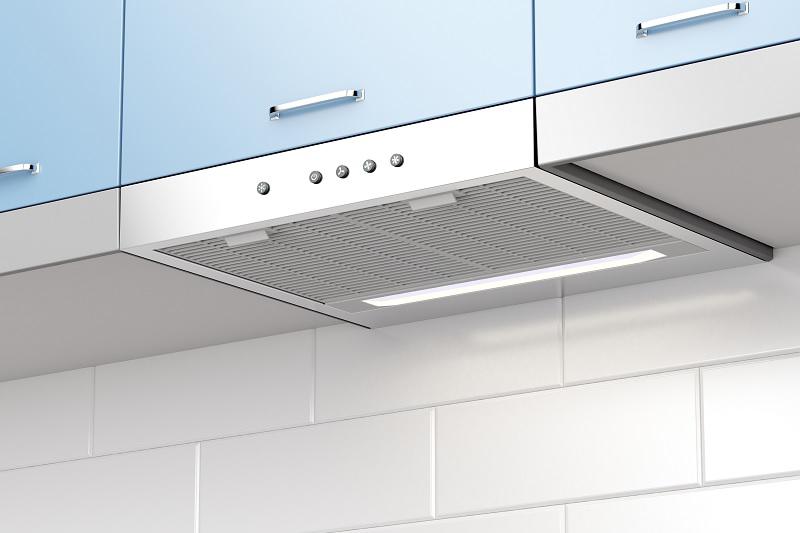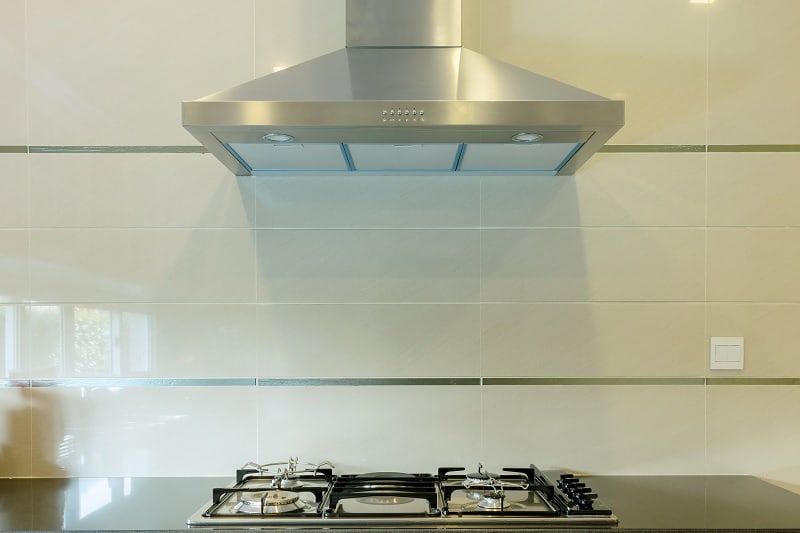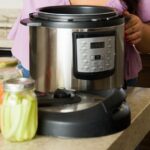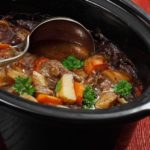A cooker hood is essential if we want to keep our homes clean, healthy and free from unwanted odours whilst cooking. Cooker hoods also help to remove grease and steam from your kitchen, reducing wear and tear.
Most cooker hoods extract air to the outside of building through ducting (the piping that allows air pushed by a cooker hood extractor to travel outside of your home).
Ducting is usually recommended if possible, and many experts agree that it’s the most effective method of removing cooking odours, grease and steam from your kitchen when cooking.
But what if your kitchen isn’t suitable for extraction? For example, if the cooker is too far from an outside wall or you live in an apartment? Do all cooker hoods and kitchen extractor fans need to vent outside?
Do All Cooker Hoods Need Ducting?
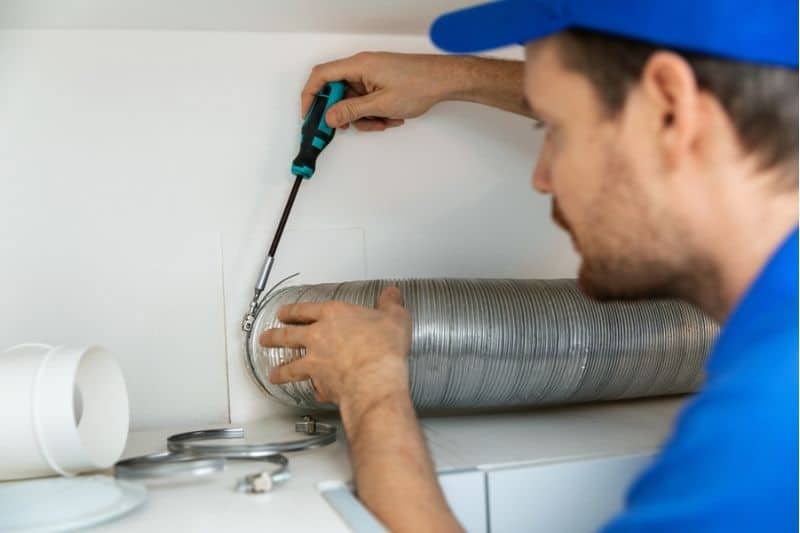
There’s good news if you don’t have a kitchen that’s suitable for extraction or if you don’t like the appearance of ducting, which can often be ugly and ruin the look of your kitchen.
Recirculating cooker hoods are available that don’t require any ducting, and instead extract and filter air before blowing it back into the kitchen.
Carbon filters in the extractor hood absorb dirt, grease and odours from the air when the cooker hood sucks in the cooker air before it is returned into the room.
Recirculating hoods can be installed almost anywhere in a kitchen because they don’t need to be connected to an external wall.
Most cooker hood styles can be configured to either ducted extraction or recirculation, so there’s a good selection of models to choose from for your kitchen.
In some cases, you may need to buy a separate recirculating kit and charcoal filter, so it’s worth checking with the store or your kitchen fitter before you buy
Are recirculating hoods effective?
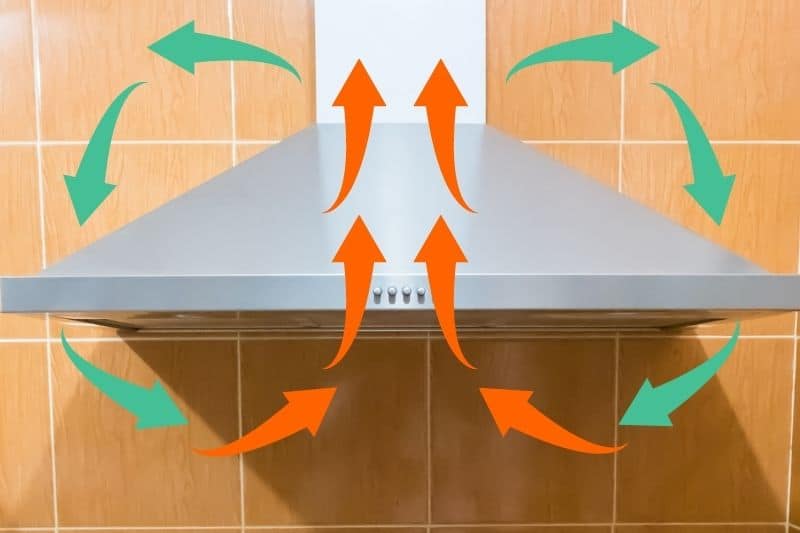
Extraction is often thought to be the most efficient way to remove odours, steam and grease from your kitchen whilst cooking because nothing needs to be done to the air other than removing it entirely outside of the building.
Recirculating hoods can be less effective at dealing with grease, smells, and smoke because they have to process the air rather than simply expel it. Also, recirculating hoods typically don’t remove steam or humidity of the air, so humidity levels might increase in your kitchen.
You’ll also need to do more maintenance with a recirculating cooker hood, as the charcoal filters will need replacing at least two or three times a year.
However, some manufacturers such as Rangemaster and Neff are now making more powerful recirculating cooker hoods that provide much better recirculation and that are extremely effective at reducing odour and even steam whilst you cook.
Summary
Recirculating hoods can be a great option for keeping your kitchen free from grease and cooking odours if your kitchen doesn’t have an external wall suitable for venting or if you don’t want to redesign your kitchen based on where ducting can go. They can also be much quieter than extraction cooker hoods.
Recirculating hoods can be cheaper than extraction models because you don’t have to consider ducting. This means they can be a good solution if you’re upgrading your kitchen on a budget.
However, if you want a recirculating hood that’s really effective at reducing odours, grease and steam, it’s worth paying more. See our roundup of the best recirculating hoods here.

Chef’s Pick is your guide to the best kitchen equipment and appliances in the UK.
We help you understand the confusing world of cookers, ovens and cookware so you can get the most out of your kitchen.


